On the Bookshelf
The books below are those which we have found the most useful in our work in the past few years.
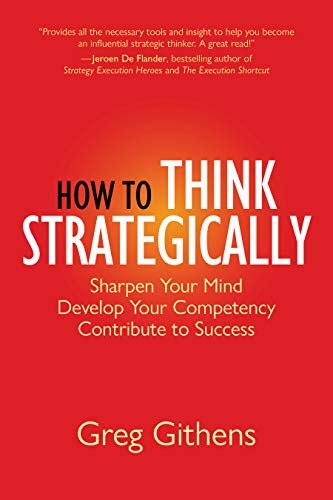
How to Think Strategically by Greg Githens
This 2020 publication is much needed: too many corporate initiatives are branded “strategic” as a synonym for “important”. Githens brings rigour to the subject
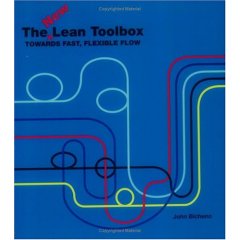
The New Lean Toolbox by John Bicheno
Lean is a management methodology that seeks to maximise customer value by giving the customer the product or service they want in the most efficient
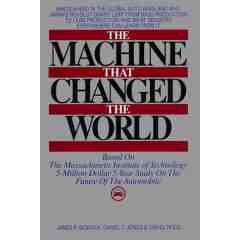
The Machine that Changed the World by Womak and Jones
The book that “re-launched” the Lean methodology back into the West by describing the success of Japan’s car manufacturers. Lean is a management technique that
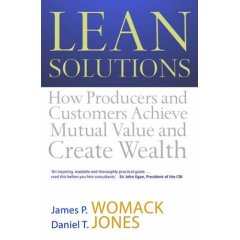
Lean Soutions by James Womak and Daniel Jones
This, Womak and Jones’s fifth book, develops the ideas presented in their renowned titles such as “The Machine that Changed the World”, which popularised the
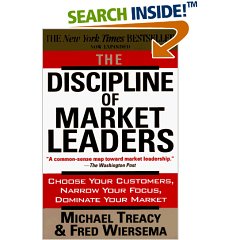
Discipline of the Market Leaders by Michael Treacy and Fred Wiersema
Ahis often-quoted book is devoted to investigating the characteristics of corporate market-leaders and what tactics are required for those aspiring to become market-leaders. The authors
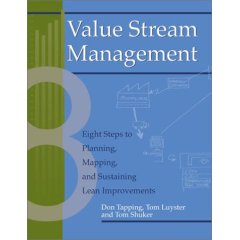
Value Stream Management by Dan Tapping
A useful primer for less experienced practitioners, Value Stream Management describes a complete system that provides a clear path to Lean implementation, ensuring quick deployment
Performance-based Earned Value by Paul Solomon and Ralph Young
This book is aimed at experienced practitioners of Earned Value Management (EVM). EVM is a technique that is used in large-scale projects and is regarded
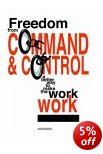
Freedom from Command and Control by John Seddon
This book has the subtitle “A better way to make the work work”. It describes an way of improving performance of service-based organisations. Seddon’s approach
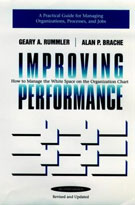
Improving Performance: How to Manage the White Space on the Organization Chart by Gary A. Rummler and Alan P. Brache
Another essential “cross-over” book, this time linking business process re-engineering and software development. The authors depict business processes in terms of Process Maps (“swimlane diagrams”)
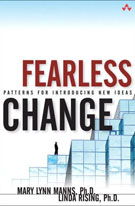
Fearless Change: Patterns for Introducing New Ideas by Linda Rising and Mary Lynn Manns
This book gives real-world advice for practitioners who seek to introduce organisational change. Some techniques will be familiar to some readers but most will learn
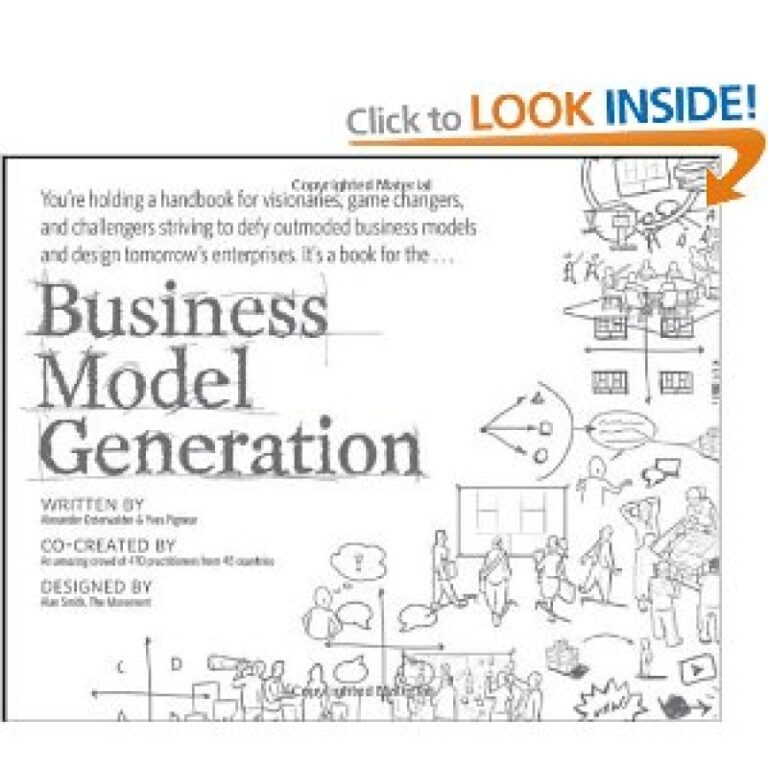
Business Model Generation by Osterwalder and Pigneur
Billed as a book for “visionaries, game changers and challengers”, this introduces a useful new modelling concept: the Business Model Canvas. It is billed as
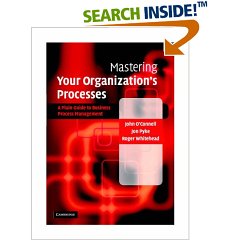
Mastering Your Organisation’s Processes by John O’Connell, Jon Pyke and Roger Whitehead
This book is sub-titled “A Plain Guide to Business Process Management” and is aimed at senior non-technical managers within an organisation who are planning to

Balanced Scorecard by Robert Kaplan and David Norton
This is the original book by the creators of the Balanced Scorecard that shows how managers can mobilize their people to fulfill the company’s mission.
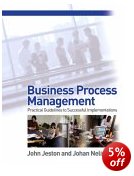
Business Process Management by John Jeston and Johan Nelis
This month I’m looking at a 2006 book on a current hot-topic in business terms – Business Process Management (BPM). As there seem to be
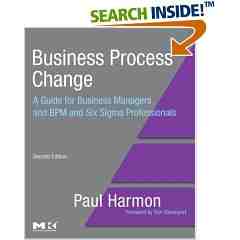
Business Process Change by Paul Harmon (Second Edition)
The sub-title is “A guide for business process managers and BPM and Six-sigma professionals” gives a clue to the changes in the four years since
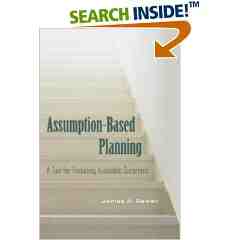
Assumption-based Planning by James A. Dewar
Assumption-based Planning (ABP) is the standard work in how to reduce the effect of unintended consequences when planning. Although the technique has its roots in
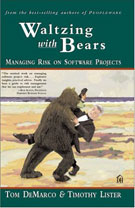
Waltzing with Bears: Managing Risk by Tom DeMarco and Timothy Lister
This is a well-written and enjoyable read on about a subject that has been sorely neglected – software project risk management. The authors provide a

The New Lean Toolbox by John Bicheno
Lean is a management methodology that seeks to maximise customer value by giving the customer the product or service they want in the most efficient
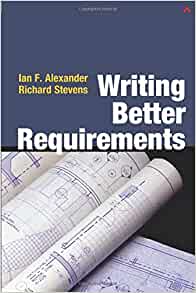
Writing Better Requirements by Ian Alexander and Richard Stevens
There are plenty of books around covering techniques for gathering requirements; however, these tend to be focussed on a particular development method, such as RUP
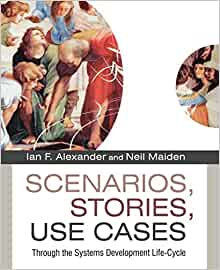
Scenarios, Stories, Use Cases: Through the Systems Development Life-Cycle by Alexander and Maiden (editors)
This book shows practitioners how to design more effective systems by soliciting, analyzing, and elaborating stories from end-users. There are contributions from leading opinion-makers who
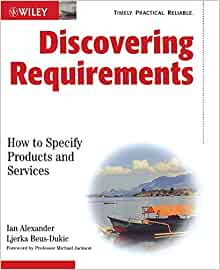
Discovering Requirements: How to Specify Products and Services
by Ian Alexander and Lierka Beus-Dukic Ian Alexander’s latest requirements book is a pleasure to read. He and his co-author have succeeded in producing a